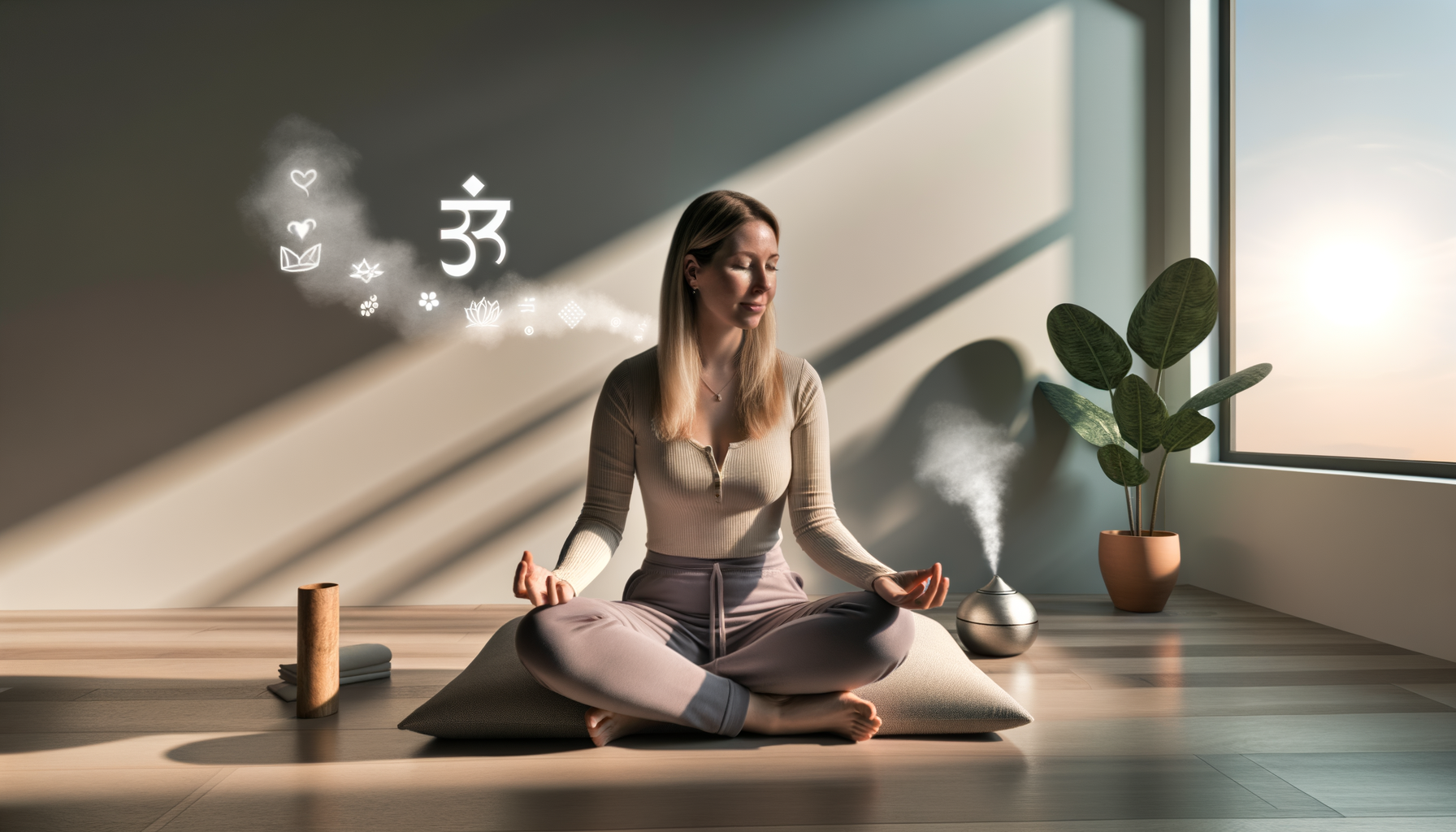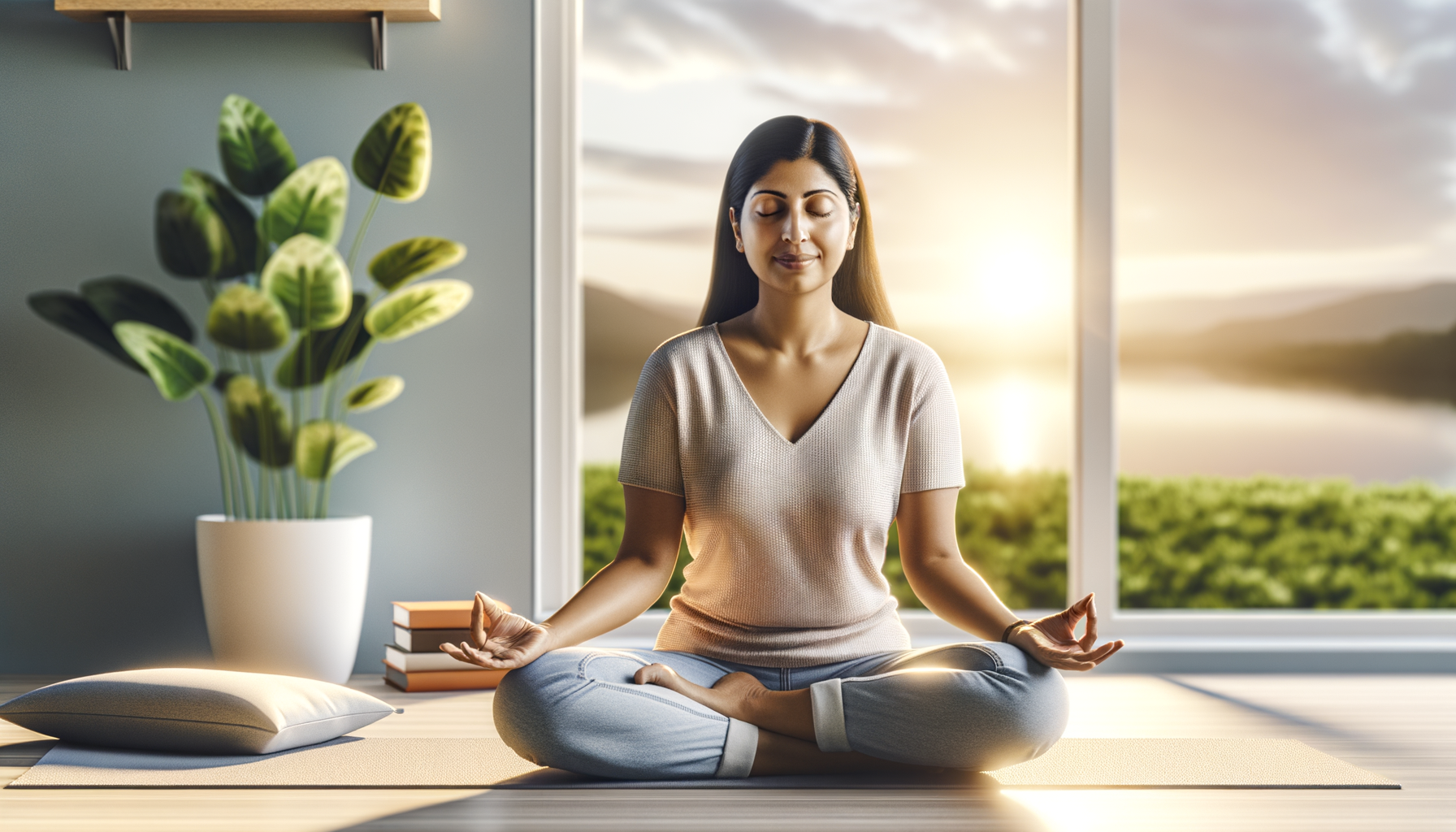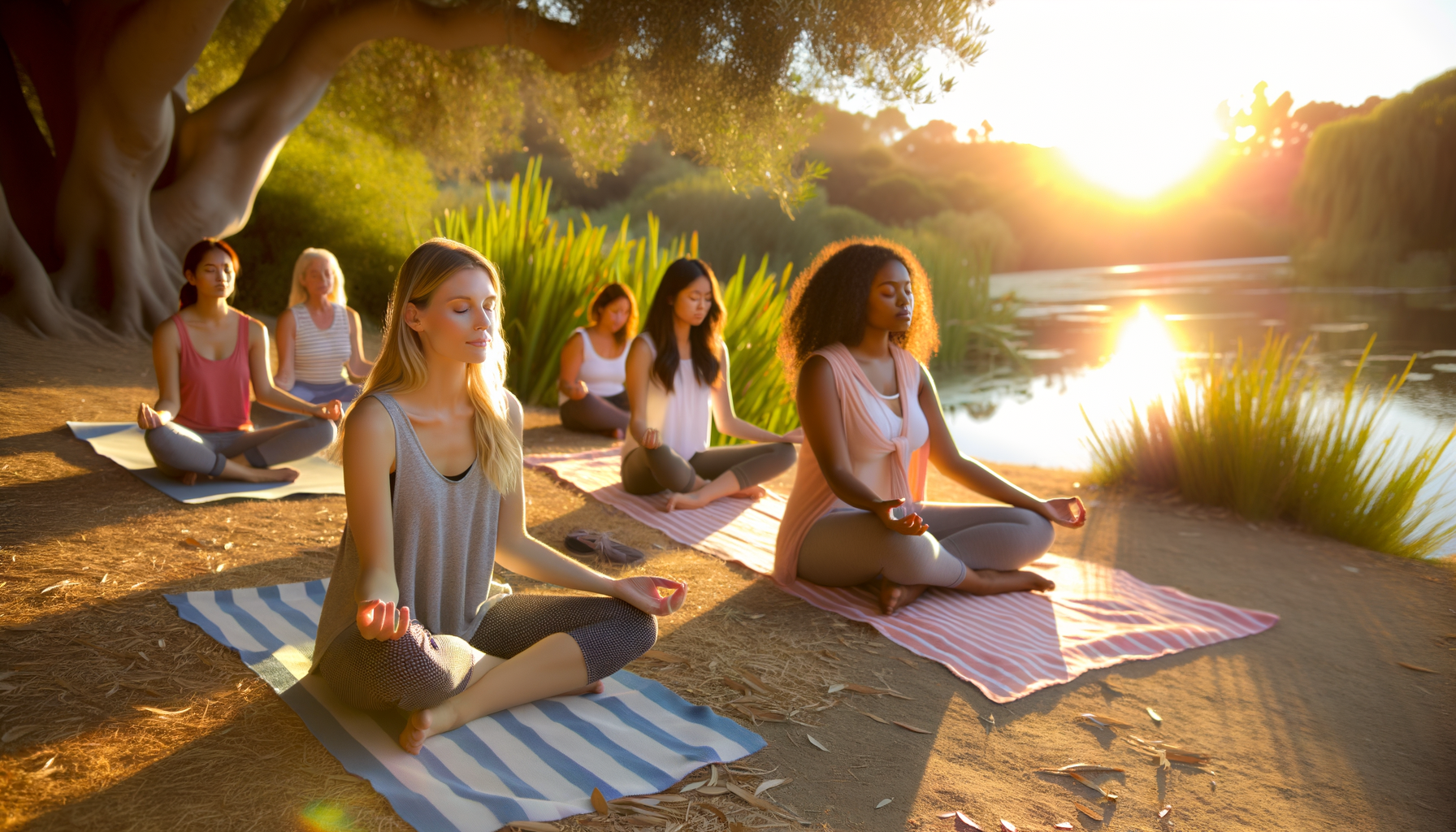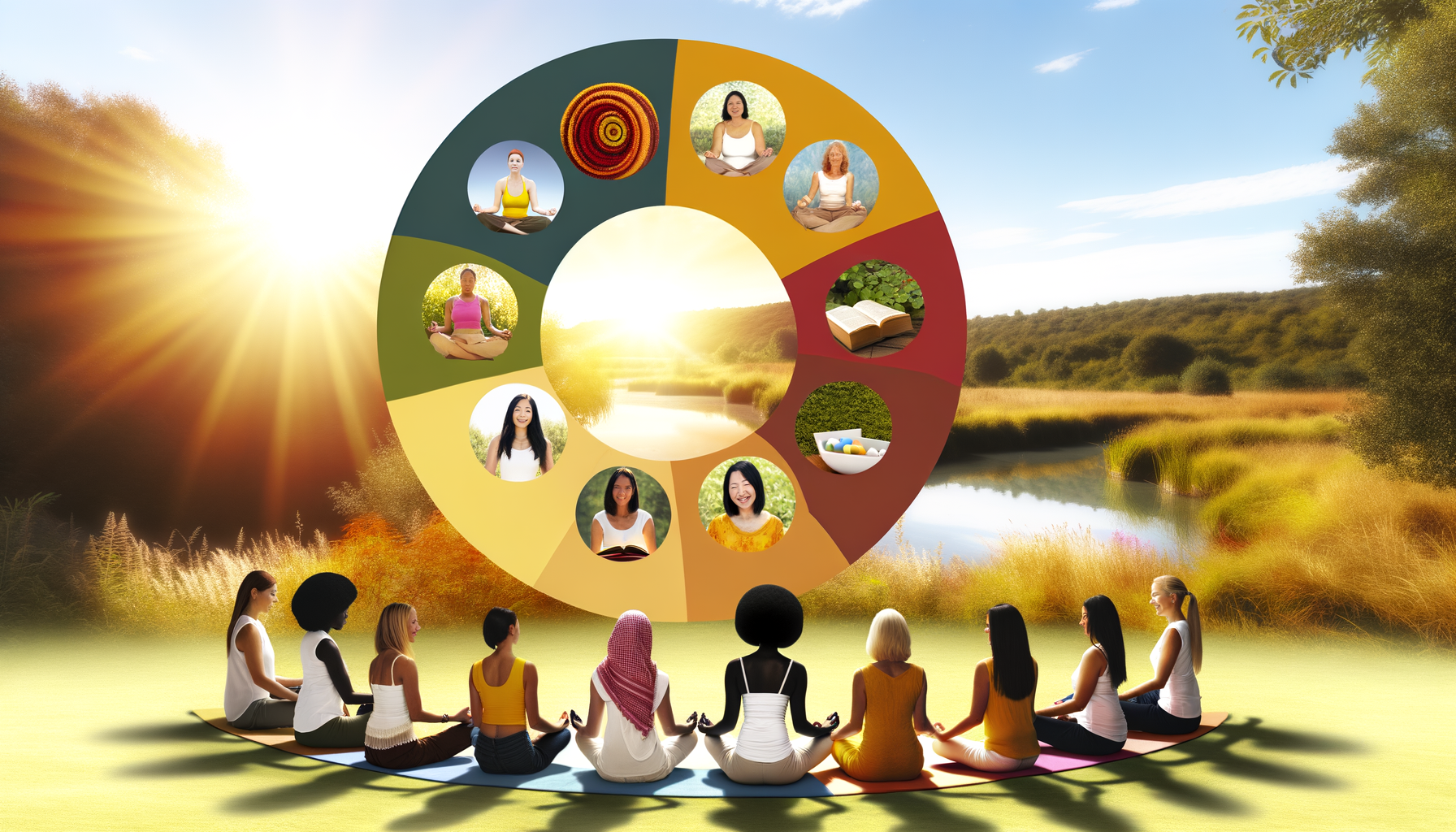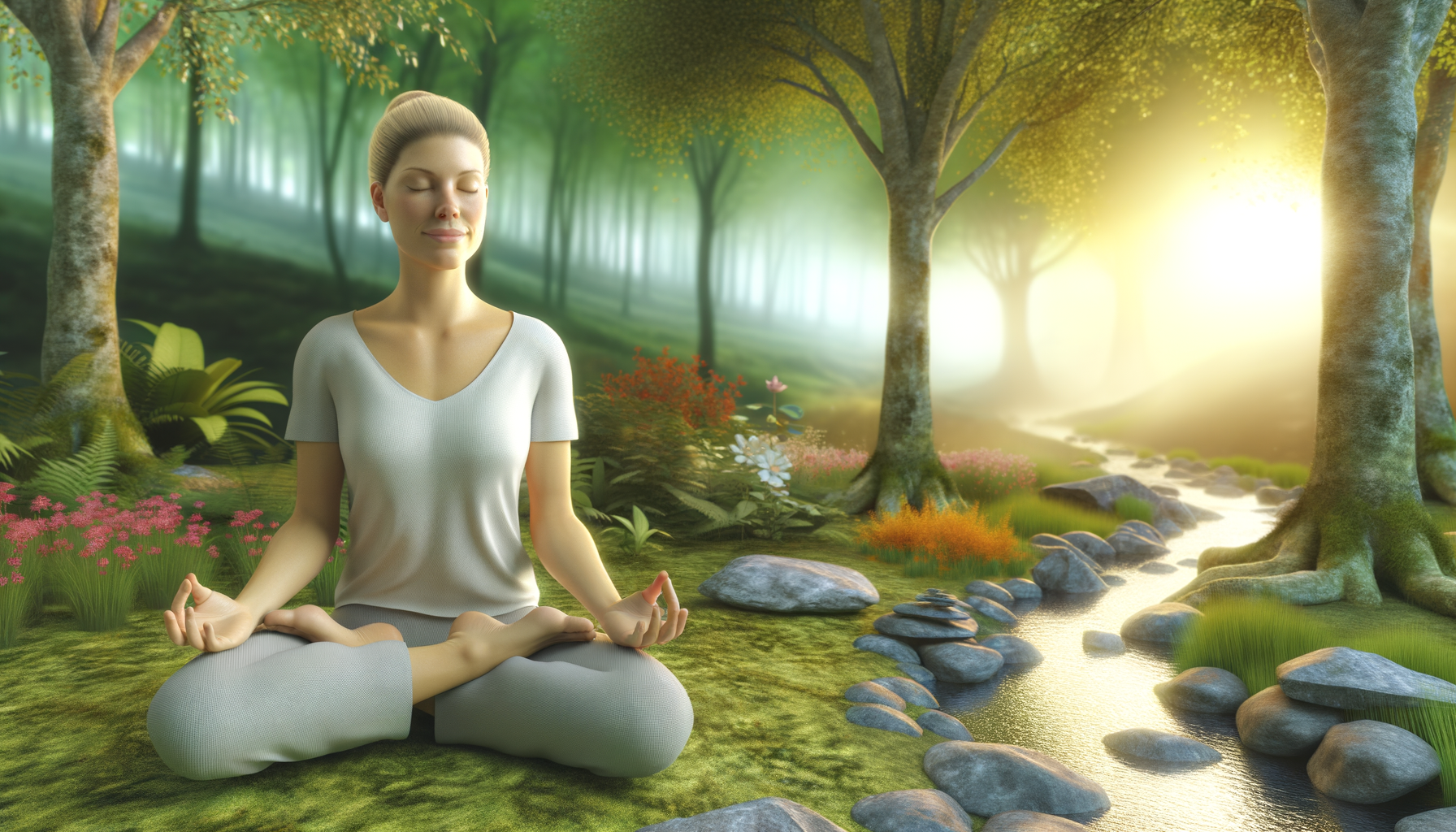
Introduction
Understanding Mental Traps
Our minds are powerful tools, capable of incredible feats and overcoming immense challenges. Yet, they can also ensnare us in mental traps: self-imposed barriers that limit our thinking and hinder our potential. These traps often manifest as rigid thinking patterns, self-doubt, and fear of failure, which can prevent us from achieving our goals and living a fulfilled life. Recognizing these mental obstacles is the first step toward liberation from their grasp.
The Impact of Limiting Beliefs on Potential
Limiting beliefs are like invisible shackles that constrain our abilities and aspirations. They are the internal narratives that whisper, “I’m not good enough,” “I can’t succeed,” or “I don’t deserve happiness.” These beliefs can significantly impact our potential, leading to missed opportunities, unfulfilled dreams, and a life lived below our true capabilities. By understanding the profound effects these beliefs have on our personal and professional lives, we can begin to dismantle them and move towards a more empowered existence.
Purpose of the Article
The aim of this article is to serve as a beacon of hope and a practical guide for those seeking to overcome their limiting beliefs and reach their full potential. We will delve into the origins of these mental traps, explore the psychological mechanisms that sustain them, and provide actionable strategies for breaking free. Whether you’re an entrepreneur facing self-doubt, a professional hindered by fear of failure, or simply someone who wants to live a more fulfilling life, this article is for you. Together, we will embark on a journey of self-discovery and transformation, unlocking the doors to personal growth and success.
Identifying Limiting Beliefs
Common Types of Limiting Beliefs
Limiting beliefs are the silent saboteurs that whisper doubts into our ears and hold us back from achieving our full potential. They often manifest as negative self-talk and can include beliefs such as:
- “I’m not smart enough to succeed.”
- “I don’t have the resources to start my own business.”
- “I’m too old/young to pursue this.”
- “I’m not worthy of love or respect.”
- “I will never be good enough, no matter what I do.”
Self-Assessment and Reflection
To identify your own limiting beliefs, engage in self-assessment and reflection. Ask yourself questions like:
- What negative beliefs do I hold about my abilities and potential?
- When do I tend to underestimate myself?
- What fears consistently hold me back?
Journaling your thoughts can be a powerful tool for bringing these beliefs to the surface.
The Role of Culture and Upbringing
Our upbringing and the cultural context we grow up in can significantly influence the formation of limiting beliefs. Messages from parents, teachers, and media can all contribute to a fixed mindset about our capabilities. Reflect on the messages you received growing up and consider how they may have shaped your current belief system.
Recognizing Patterns and Triggers
Limiting beliefs often follow patterns and are triggered by specific situations. For instance, you might find yourself feeling inadequate when faced with a new challenge or opportunity. Recognizing these patterns and triggers is crucial for understanding and eventually dismantling your limiting beliefs. Pay attention to recurring themes in your life where you feel stuck or defeated, as these are likely areas where limiting beliefs are at play.
The Psychology Behind Limiting Beliefs
Cognitive Biases and Heuristics
Our brains are wired to make quick judgments, which often leads to cognitive biases and heuristics. These mental shortcuts can distort our perception of reality, reinforcing limiting beliefs. For instance, the confirmation bias causes us to seek out information that supports our pre-existing beliefs, while ignoring evidence to the contrary. Similarly, the availability heuristic leads us to overestimate the likelihood of events based on their recent occurrence or emotional impact, potentially fostering irrational fears that limit our potential.
Fear of Failure and Success
The fear of failure can paralyze us, preventing us from taking risks or trying new things. This fear often stems from a deep-seated belief that failure is a reflection of our worth. Conversely, the fear of success can be equally limiting. It may involve anxieties about the responsibilities that come with success or the changes it could bring to one’s life. Both fears are rooted in uncertainty and can create a mental trap that keeps us from pursuing our goals.
The Comfort Zone Phenomenon
Staying within our comfort zone provides a sense of security and predictability. However, it can also be a mental trap that hinders growth. The comfort zone phenomenon is the psychological state where individuals become complacent, avoiding challenges and thereby limiting their potential. It’s a space where limiting beliefs thrive, as stepping out of it requires confronting the very thoughts that we believe keep us safe.
Neuroplasticity and Belief Systems
Neuroplasticity refers to the brain’s ability to reorganize itself by forming new neural connections throughout life. This adaptability means that our belief systems are not fixed. With intentional effort, we can reshape our thought patterns and overcome limiting beliefs. By exposing ourselves to new experiences and actively challenging our self-imposed narratives, we can leverage neuroplasticity to break free from the mental traps that hold us back.
In conclusion, understanding the psychology behind limiting beliefs is crucial for overcoming them. By recognizing the role of cognitive biases, addressing our fears of failure and success, pushing beyond our comfort zones, and harnessing the power of neuroplasticity, we can begin to dismantle the mental barriers that prevent us from reaching our full potential.
Strategies for Overcoming Limiting Beliefs
Challenging and Reframing Thoughts
One of the most effective strategies for overcoming limiting beliefs is to challenge and reframe our thoughts. This involves questioning the validity of our negative beliefs and replacing them with positive, empowering ones. For instance, instead of thinking “I’m not qualified for this job,” we can reframe it to “I have unique skills and experiences that make me a strong candidate.” By consistently practicing this technique, we can gradually shift our mindset and overcome the mental barriers that hold us back.
Setting Realistic Goals and Expectations
Setting realistic goals and expectations is crucial in overcoming limiting beliefs. When we set unattainable goals, we set ourselves up for failure and reinforce negative beliefs. Instead, we should aim for SMART goals – Specific, Measurable, Achievable, Relevant, and Time-bound. This approach helps us to create a clear roadmap for success and build confidence as we achieve each milestone.
Seeking Support and Mentorship
Another key strategy is to seek support and mentorship. Surrounding ourselves with positive influences and individuals who have overcome similar challenges can provide us with the encouragement and guidance we need. A mentor can offer valuable insights, hold us accountable, and help us navigate through our limiting beliefs.
Embracing Failure as a Learning Tool
Embracing failure as a learning tool is essential for personal growth. Instead of viewing failure as a negative outcome, we should see it as an opportunity to learn and improve. By analyzing what went wrong and how we can do better next time, we turn failure into a stepping stone towards success.
Consistency and Persistence
Finally, consistency and persistence are vital in overcoming limiting beliefs. Change doesn’t happen overnight; it requires continuous effort and dedication. We must commit to challenging our negative thoughts and taking action towards our goals every day. With persistence, we can break the cycle of limiting beliefs and unlock our true potential.
Practical Tools and Techniques
Mindfulness and Meditation
Mindfulness and meditation are powerful practices that can help individuals become more aware of their thoughts and feelings without judgment. By focusing on the present moment, one can observe limiting beliefs as they arise and learn to let them go. Meditation can be particularly effective in calming the mind and reducing stress, which often exacerbates negative thought patterns. Techniques such as focused attention on the breath or a mantra, and body scan meditations can be incorporated into daily routines to foster a state of mindfulness.
Journaling and Expressive Writing
Journaling is a technique that involves writing down thoughts and feelings to understand them more clearly. Expressive writing, in particular, can be therapeutic, allowing for the release of emotions and the examination of limiting beliefs. By regularly putting pen to paper, individuals can track their progress, identify patterns in their thinking, and develop greater self-awareness. Lists of accomplishments, gratitude entries, and reflections on personal growth can all reinforce a positive self-image and weaken the hold of limiting beliefs.
Affirmations and Visualization
Positive affirmations are statements that can help challenge and overcome self-sabotaging and negative thoughts. When repeated often, and with conviction, they can help to reshape limiting beliefs. Visualization, on the other hand, involves creating a mental image of achieving a goal or performing a task successfully. It can enhance motivation and confidence. Both techniques harness the brain’s neuroplasticity, reinforcing new, positive patterns of thought.
Cognitive Behavioral Techniques
Cognitive Behavioral Therapy (CBT) techniques can be adapted for personal use to combat limiting beliefs. These include identifying and challenging distorted thought patterns, and replacing them with more balanced and realistic ones. Techniques such as cognitive restructuring can help individuals to question the evidence for their limiting beliefs, examine the potential biases that contribute to negative thinking, and develop a more flexible and adaptive mindset.
By employing these practical tools and techniques, individuals can begin to dismantle the mental traps that limit their potential. Consistent practice can lead to significant changes in how one thinks and feels about themselves and their abilities, paving the way for personal growth and success.
Maintaining Progress and Preventing Relapse
Monitoring Your Self-Talk
One of the most critical aspects of maintaining progress is monitoring your self-talk. The conversations we have with ourselves can either propel us forward or drag us back into old patterns. It’s essential to stay vigilant about negative or self-defeating thoughts that may creep in. Regularly check in with yourself and assess the tone and content of your internal dialogue. If you find yourself slipping into negative self-talk, consciously redirect your thoughts to be more positive and empowering.
Building Resilience and Adaptability
Life is full of challenges and setbacks, but building resilience can help you bounce back more quickly and with less stress. Resilience is like a muscle that gets stronger with practice. You can build it by taking on new challenges, learning from your experiences, and staying connected to your goals and values. Adaptability is also crucial; it allows you to adjust your strategies and approaches in the face of new information or changing circumstances. Embrace flexibility in your thinking and be willing to pivot when necessary.
Creating a Supportive Environment
Your environment plays a significant role in your ability to maintain progress. Create a supportive environment by surrounding yourself with people who believe in you and your potential. Seek out friends, family members, or mentors who encourage your growth and provide constructive feedback. Additionally, organize your physical space to reduce distractions and temptations that could lead to a relapse into limiting beliefs.
Continued Learning and Growth
Finally, commit to continued learning and growth. The journey of personal development is ongoing, and there is always more to learn about yourself and the world around you. Stay curious and open-minded, and seek out new experiences that challenge you and expand your perspective. Whether it’s reading books, attending workshops, or simply engaging in thoughtful conversations, make a habit of incorporating learning into your daily life.
In conclusion, maintaining progress and preventing relapse into limiting beliefs requires ongoing effort and vigilance. By monitoring your self-talk, building resilience and adaptability, creating a supportive environment, and committing to continuous learning, you can ensure that you keep moving forward on your path to reaching your full potential.
Conclusion
Recap of Key Strategies
In our exploration of escaping mental traps and overcoming limiting beliefs, we’ve delved into various strategies that can empower us to reach our full potential. We’ve learned to identify and challenge common types of limiting beliefs, from self-doubt to fear of failure, and the importance of self-assessment and reflection. We’ve also uncovered the psychological underpinnings of these beliefs, including cognitive biases and the comfort zone phenomenon.
Strategically, we’ve discussed the power of challenging and reframing thoughts, setting realistic goals, seeking support, embracing failure as a learning tool, and the necessity of consistency and persistence. Practical tools such as mindfulness, journaling, affirmations, and cognitive behavioral techniques have been highlighted as instrumental in facilitating this transformative journey.
The Journey of Personal Transformation
The journey of personal transformation is not a linear path but a continuous cycle of self-discovery, growth, and adaptation. It requires us to confront our deepest fears and to question the narratives we’ve long held about ourselves. This journey is about building resilience, fostering a growth mindset, and creating an environment conducive to our development. It’s about recognizing that our potential is not fixed but rather something that can be cultivated through dedication and hard work.
Encouragement for Ongoing Effort
As we conclude, it’s important to acknowledge that the process of overcoming limiting beliefs is ongoing. It demands vigilance in monitoring self-talk, building adaptability, and nurturing a supportive network. Continued learning and growth are essential, as is the willingness to step out of our comfort zones and embrace the discomfort that often accompanies growth.
Remember, every step taken is a step closer to the person you aspire to be. Celebrate your victories, no matter how small, and view setbacks as opportunities to learn and evolve. Keep pushing the boundaries of your self-imposed limits, and trust in the journey of personal transformation. Your potential is a treasure waiting to be unlocked, and the key lies within your persistent efforts and unwavering courage.
As you move forward, carry with you the strategies and insights shared in this article. Let them be your guide as you navigate the complexities of the mind and the challenges of growth. Believe in yourself, for your capacity for change is boundless, and your journey is uniquely yours. Embrace it with an open heart and a resilient spirit.
